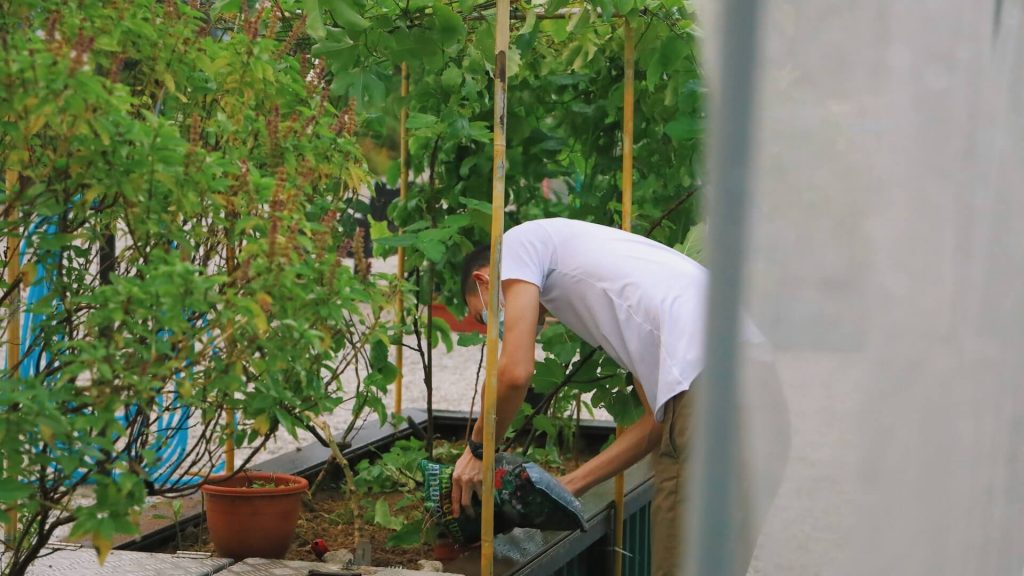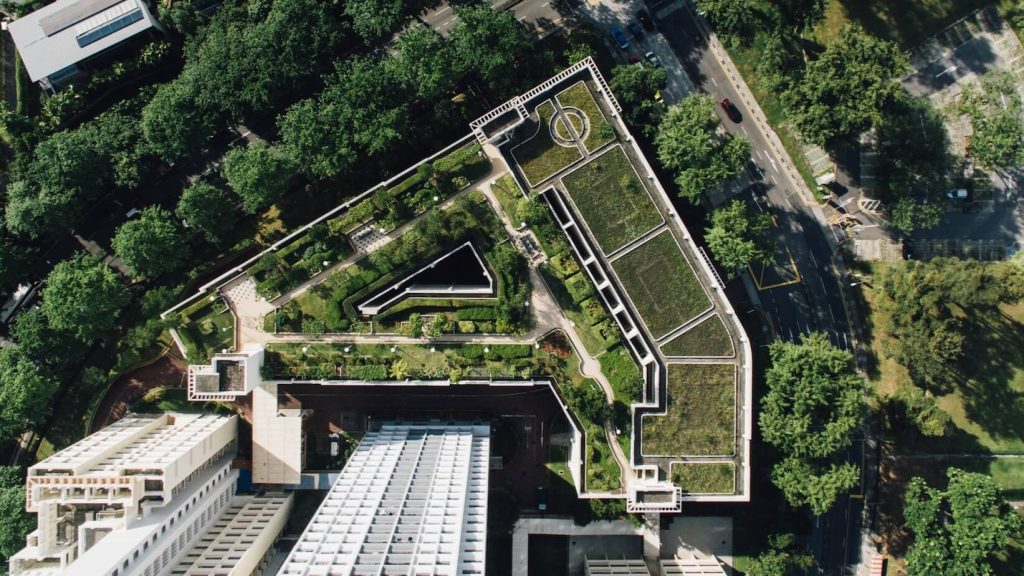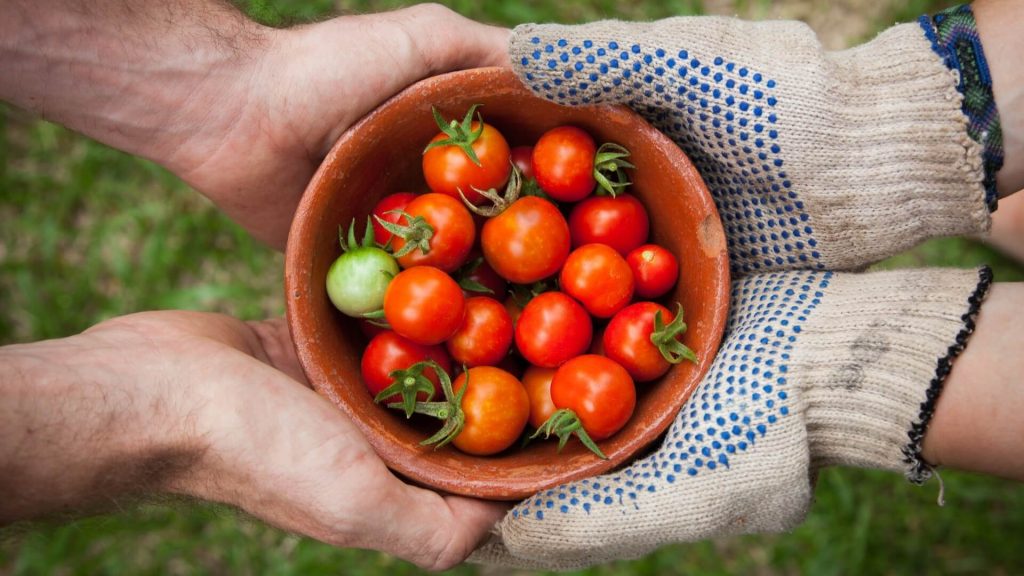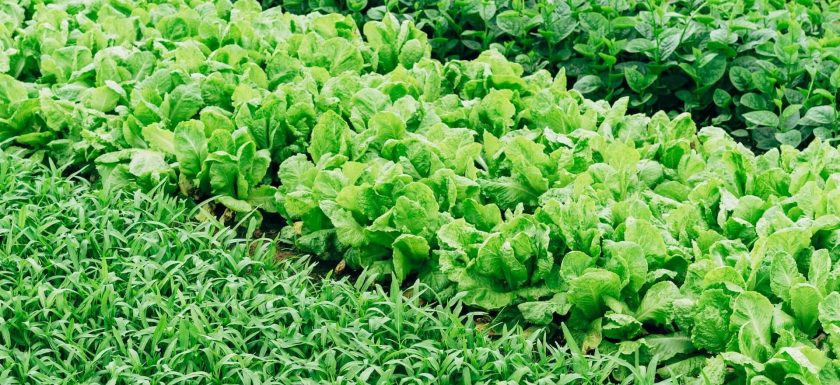In the midst of sprawling urban landscapes, where towering skyscrapers and bustling streets dominate the scenery, a transformative movement is gaining momentum – urban farming. It’s not merely a passing trend; it’s a revolutionary approach to agriculture, bringing fresh, locally grown produce right into the heart of the city. This comprehensive article delves deep into the captivating world of urban farming, shedding light on its significance, methods, benefits, challenges, and its promising role in forging a sustainable future.
The Rise of Urban Farming

The Urban Jungle Meets the Green Revolution
As urban areas continue to expand at an unprecedented rate, space becomes an increasingly scarce and precious resource. Urban farming emerges as a beacon of hope, defying the constraints of the concrete jungle. It ingeniously transforms every available nook and cranny into a green oasis. Whether it’s the rooftop gardens adorning high-rise buildings, community gardens nestled in vacant lots, or state-of-the-art hydroponic systems breathing life into repurposed warehouses, urban farming thrives in unexpected places.
Rooftop gardens, for instance, can be seen not only as a source of fresh produce but also as multi-functional spaces. They offer insulation to the buildings below, reducing energy consumption, while also improving air quality and significantly reducing the urban heat island effect.
The Importance of Local Food Production
Urban farming is not just about turning city spaces green; it addresses the critical issue of food security in rapidly growing urban areas. By cultivating food within the city limits, we effectively shorten the farm-to-table journey. This reduction in food miles not only decreases carbon emissions but also ensures that city dwellers have swift access to fresh, nutritious food.
The importance of supporting local food production cannot be overstated. It not only reduces the carbon footprint of food transport but also creates a more resilient food system. This is particularly significant in times of crisis, as seen during the COVID-19 pandemic when urban farms played a crucial role in maintaining a consistent food supply.
Methods and Innovations in Urban Farming

Vertical Farming
One of the most thrilling aspects of urban farming is the concept of vertical farming. In this innovative approach, crops are cultivated in stacked layers, harnessing the full potential of limited space. This method not only maximizes spatial efficiency but also conserves vital resources such as water and energy. Cutting-edge innovations like aeroponics and hydroponics have propelled vertical farming to astonishing new heights.
Aeroponics, for example, is a method where plants are grown in a misty environment without soil or hydroponic medium. This allows for better control over nutrient delivery and helps plants grow faster and with fewer resources.
Rooftop Gardens
Rooftop gardens are a common and captivating sight in many urban areas. They ingeniously transform underutilized rooftops into lush green spaces where a diverse array of crops thrive. These green oases serve a multitude of purposes. They not only produce food but also provide invaluable insulation, improve air quality, and significantly reduce the urban heat island effect.
In addition to these benefits, rooftop gardens can also serve as valuable habitats for pollinators and other urban wildlife, contributing to urban biodiversity.
Benefits of Urban Farming

Environmental Sustainability
Urban farming boasts a remarkable impact on the environment. It’s a powerful tool for addressing pressing ecological concerns. The reduction in long-distance transportation of produce significantly cuts down on carbon emissions. Furthermore, urban farming often emphasizes sustainable and organic practices, reducing reliance on synthetic pesticides and chemical fertilizers.
Beyond this, many urban farms employ rainwater harvesting systems, allowing them to thrive with minimal strain on local water resources. The integration of green spaces into cities also serves to mitigate pollution and regulate temperature, thereby enhancing the overall environmental health of urban areas.
Community Building
Urban farming fosters a deep sense of community. The community gardens and urban farms that populate cities create spaces where people can connect, learn, and share the joys of tending to the land. They serve as hubs for education, community engagement, and social interaction. These green spaces play a significant role in weaving the social fabric of urban neighborhoods, fostering a sense of belonging and unity among residents.
Community gardens often organize workshops and events, making them not just a source of fresh produce but also centers for education and skill-sharing, strengthening the community even further.
Challenges and Solutions

Space Limitations
One of the primary challenges of urban farming is the limited space available. However, where there is innovation, there is a solution. Creative techniques such as vertical farming, container gardening, and the ingenious utilization of indoor spaces have all been developed to overcome this challenge. These methods allow urban farmers to cultivate a wide variety of crops, ranging from leafy greens to fruits and herbs, even in the most confined urban settings.
Container gardening, for instance, involves planting in containers or pots, making it highly adaptable to small spaces. It allows urban farmers to grow a diverse range of crops on patios, balconies, and even window sills.
Soil Quality
Urban soil quality can often pose a significant challenge. Due to a history of industrial and urban pollution, many city soils are contaminated with heavy metals and toxins. However, urban farming pioneers recognize the importance of soil quality testing and remediation techniques. They are working diligently to revive and rehabilitate these lands, rendering them fertile and safe for agricultural purposes.
Urban farmers conduct soil testing to determine the suitability of land for farming, and they employ various remediation methods, such as phytoremediation (using plants to remove contaminants), to make urban soil suitable for cultivation.
Conclusion
Urban farming is more than just a way to grow food; it’s a movement that’s shaping the future of our cities. As urban areas continue to grow and evolve, the need for sustainable, localized food production becomes increasingly critical. Urban farming not only provides fresh and nutritious produce but also fosters a sense of community, promotes environmental sustainability, and revitalizes urban landscapes.
Incorporating urban farming into city planning should be a priority, as it’s a win-win solution for both residents and the environment. By embracing the concept of urban farming, we can transform our cities into greener, healthier, and more self-reliant communities. The urban farming movement is a testament to human innovation and determination, proving that, even in the concrete jungle, we can cultivate a greener tomorrow. Urban farming is more than a movement; it’s a promise of a better future.

